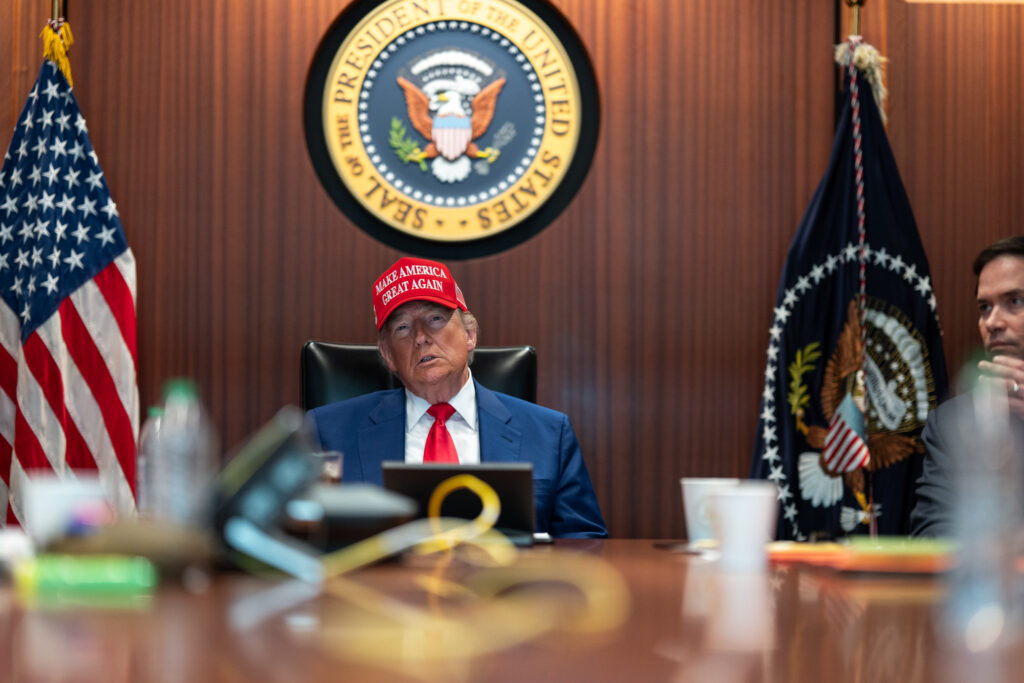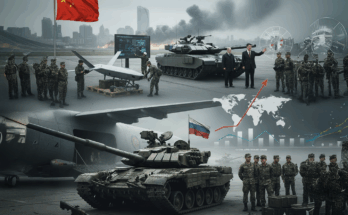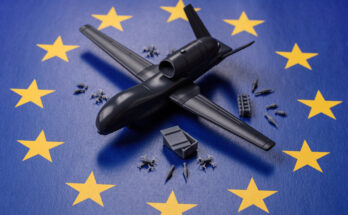 Source: White House
Source: White HouseA fragile ceasefire appears to be holding between Iran and Israel following a period of escalating violence, culminating in a covert U.S. strike on Iran’s nuclear infrastructure. In the days leading up to the U.S.-led Operation Midnight Hammer, Israel and Iran had already been trading blows, raising fears of a broader regional conflict.
The most significant move came with Operation Midnight Hammer, in which the United States deployed 14 GBU-57 Massive Ordnance Penetrators (MOPs) against Iran’s underground nuclear facilities, along with other munitions targeting nearby infrastructure.
In response, Iran launched a limited missile attack on a U.S. military installation in Qatar. The strike involved 14 missiles, matching the number of MOPs dropped, which suggested Tehran was not looking to expand direct conflict with the U.S. Tehran also provided prior warning to both U.S. and Qatari authorities, further suggesting this was largely a symbolic response rather than an attempt to significantly harm U.S. forces or infrastructure. No casualties or damage were reported.
Shortly afterward, President Donald Trump announced that a ceasefire agreement had been reached between Israel and Iran. Despite this declaration, both nations traded blows in the hours following the ceasefire’s intended start.
Iran launched a strike in Beersheba, located in southern Israel, resulting in the deaths of at least four civilians. In retaliation, Israel attacked an Iranian radar installation. However, following a call between Israeli Prime Minister Benjamin Netanyahu and President Trump, Israel halted further operations.
President Trump publicly criticized both countries for violating the ceasefire. “We basically have two countries that have been fighting so long and so hard that they don’t know what the f—- they’re doing,” he said in a statement following the post-ceasefire violence.
Trump later confirmed that Israel would not proceed with additional retaliatory actions. While the situation remains precarious, hostilities have largely subsided, creating a potential window for diplomatic engagement and a more durable peace agreement.
Nevertheless, the core dispute remains unresolved, particularly the future of Iran’s nuclear program. Trump reiterated his position that Iran will never rebuild its nuclear capabilities, but the recent conflict may only heighten Iran’s desire to one day have a nuclear deterrent of its own.
Shaun's deep-rooted interest in military equipment continues in his role as a senior defense analyst with a focus on the United States. He played an integral role in the development of Forecast International's U.S. Defense Budget Forecast, an interactive online product that tracks Pentagon acquisition programs throughout the congressional budget process. As editor of International Military Markets – North America, Shaun has cultivated a deep understanding of the vast defense markets in the United States and Canada. He is a regular contributor to Forecast International's Defense & Security Monitor blog and has co-authored white papers on global defense spending and various military programs.
image sources
- Trump Situation Room: White House




